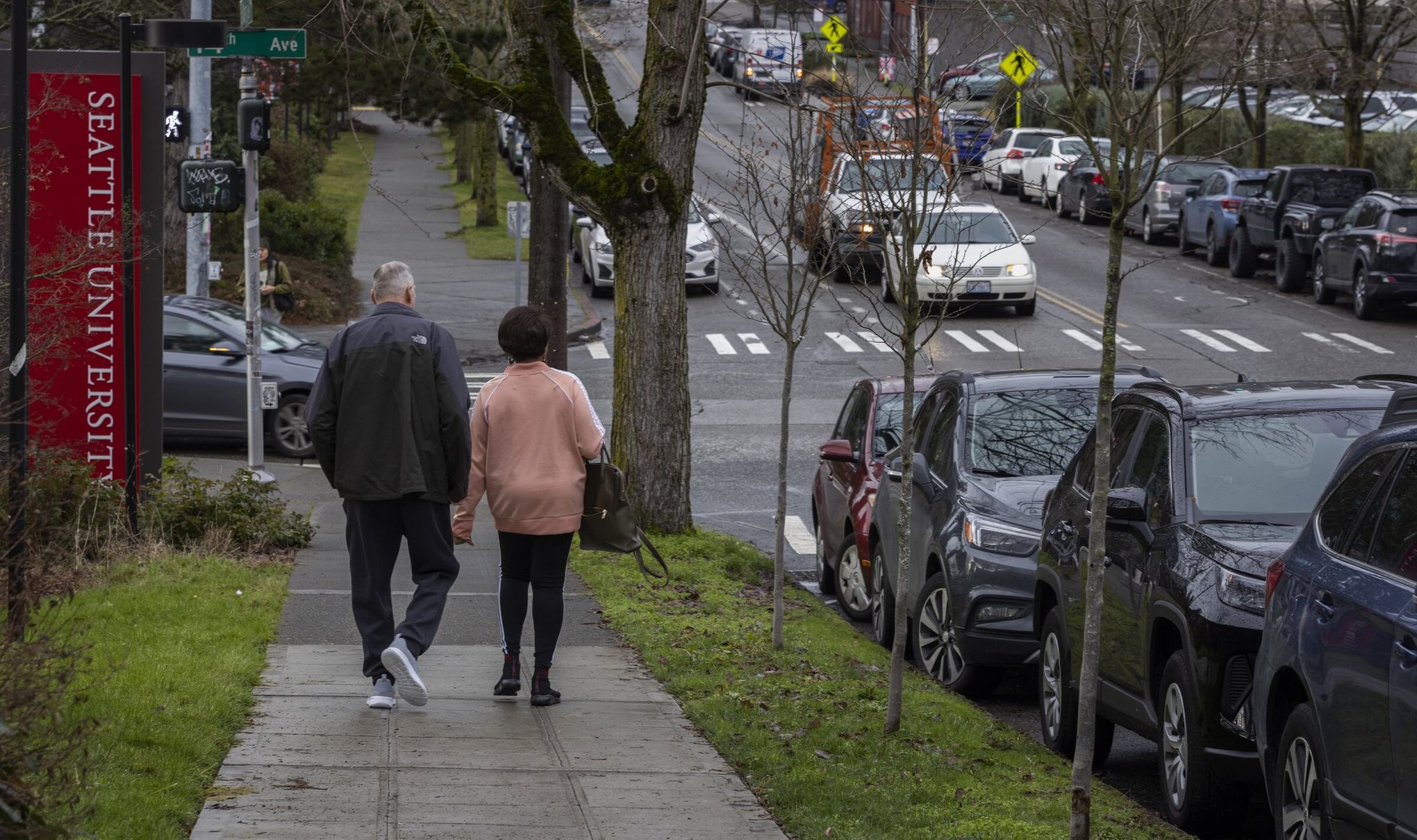Seattle Residents: How Social Security Is Impacting Your Wallet Beyond Retirement!
Sharon Callahan, a retired professor from Seattle, thought her financial future was secure with her 401(k), a condo, and $4,000 in combined monthly Social Security payments. However, life had other plans. Her husband’s dementia-related illness required costly care, forcing her to withdraw $30,000 from her savings in just three months. His subsequent death and other setbacks, including storm damage to her condo and a fire, drained her resources further. She eventually sold her condo at a loss and now lives in a backyard unit at her daughter’s home.

Today, Callahan relies on $2,500 in monthly Social Security payments and a $1,000 monthly 401(k) distribution to cover living expenses. While she manages, there’s little financial flexibility, leaving her concerned about future challenges. Callahan’s story echoes the experiences of over 1.2 million Washington residents who depend on Social Security while navigating financial uncertainty.
The Role and Limitations of Social Security
Social Security, established in 1935, provides income to retirees, survivors, and those with disabilities. While critical for many, the program faces challenges, including projected insolvency and limited adjustments for regional cost-of-living differences. In January 2025, beneficiaries will receive a 2.5% increase in payments to account for inflation. For individuals like Callahan, this adjustment offers slight relief but does little to address rising expenses in high-cost areas like Seattle.
For Matteo Griffin, a retired landscape contractor and veteran, Social Security became essential after he stopped working at 51 due to an accident. Starting benefits at 63, Griffin accepted a 28% reduction in his monthly payments to support his family immediately. With two children, he also received additional payments, enabling him to save for their college education. Social Security provides vital support but often falls short of covering all expenses, particularly in regions with high housing and living costs.
Working While Retired: A Growing Trend
For many retirees, relying solely on Social Security is impractical. Ron Jensen, 69, continues to work full-time as a legal analyst while receiving Social Security benefits. With little retirement savings, he and his wife use their $2,700 monthly benefits to build a financial cushion for the future. Jensen and his wife live in Seattle’s Capitol Hill neighborhood, spending $1,900 monthly on rent. They enjoy a modest lifestyle, opting for local activities over expensive travel. For them, Social Security allows a form of “semiretirement” that balances savings and daily living. Similarly, others, like a 70-year-old Issaquah resident, work part-time to supplement their benefits. With rent exceeding her Social Security income, she relies on additional work to make ends meet but worries about her ability to continue working in the future.

Balancing Choices in Retirement
For retirees, Social Security offers a critical lifeline but often requires supplemental income to sustain a comfortable life. While some choose to work, others manage with minimal resources, facing tough decisions about spending and saving. As the cost of living continues to rise, the importance of financial planning and adaptability has never been clearer.


Comments are closed, but trackbacks and pingbacks are open.